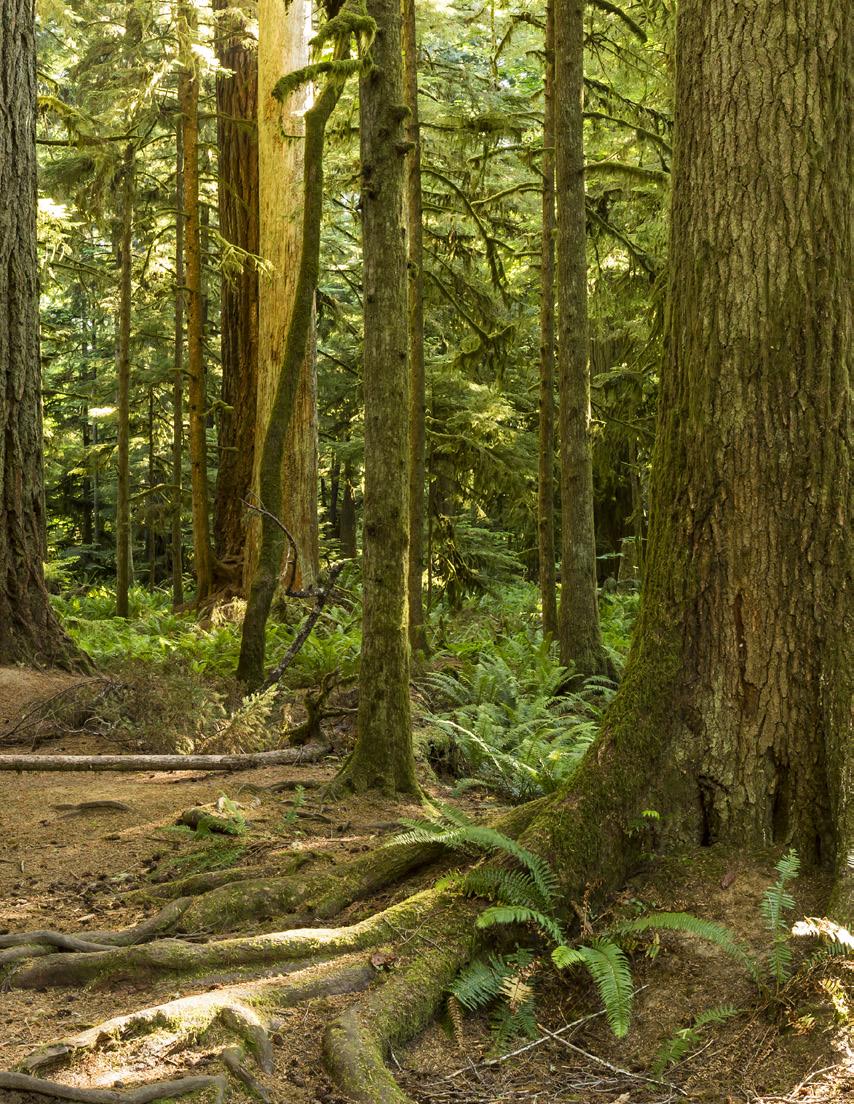
1 minute read
Greeninvesting
Global forestry assets could be poised for rapid growth
UBC Forestry alumnus, David Brand (PhD Forestry’85), knows the value of forests well. After serving as the director general of science and sustainable development with the Government of Canada’s Department of Natural Resources, David held roles with Australia’s largest forestry business. He also worked with a farmland and timberland investment organization before founding the global nature-based investment company, New Forests, in 2005.
Advertisement
David started New Forests with a $1 million loan, and has grown the business to a leading investment manager of approximately 1.25 million hectares of forest, valued at around $8.75 billion. A strong believer in the principles of sustainable forest management, David’s vision for his company includes creating opportunities within the forestry sector for communities to transition to a greener and more sustainable future.
“Community involvement and partnership are part of the transition to sustainable land use and natural climate solutions,” David says. “Community members need to be part of a shared value solution to generate returns and ensure success.”
As a certified B Corp – working in the best interests of communities, employees, consumers and the environment – New Forests also supports the climate change mitigation opportunities forests can provide. Circular bioeconomy technology, such as wood-based bioproducts, along with the carbon sequestration potential of trees, are part of New Forests’ investments in real assets, as well as natural capital strategies.
“Forestry has become a key player in the sustainability transition,” says David. “It’s like all roads lead to Rome. Forestry investment can help in both mitigation and adaptation to climate change, as well as support nature conservation and create benefits to rural communities, including Indigenous communities.”
Forestry’s return on investment comes from the sale of timber and other forest-related goods and services, along with biological growth. Similar to wine, the more forests age, or in this case grow, the more valuable they can become.
A relatively new opportunity, forestry investing started to gain appeal around the 1980s and 1990s, largely in the form of assets sold to institutional investors in the US, says David. It has since piqued the interest of investors looking for ways to balance their portfolios with longer-term options.
“Forestry has no inherent correlation with the stock market or bond rates,” explains David, making it an attractive investment opportunity, particularly when weathering volatile market conditions.









